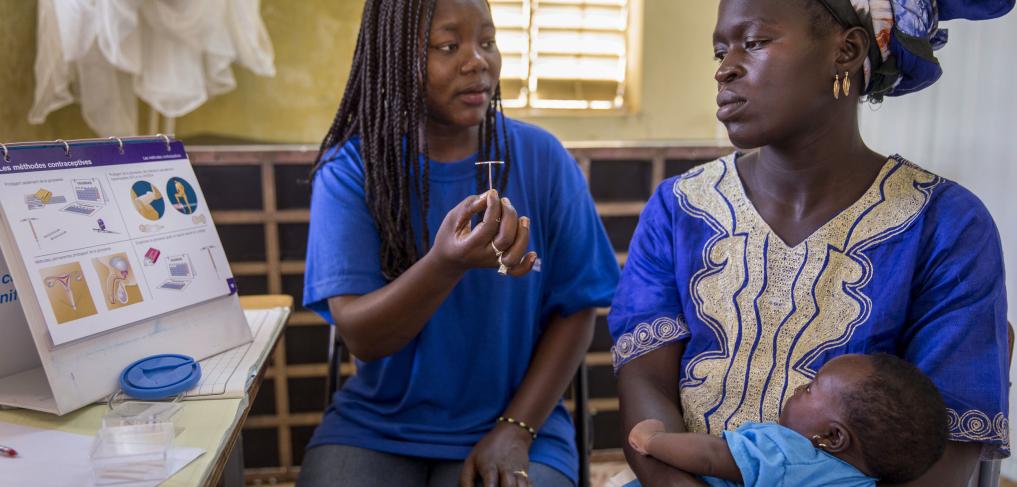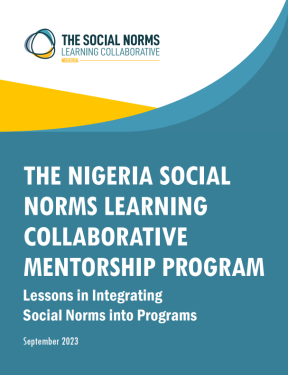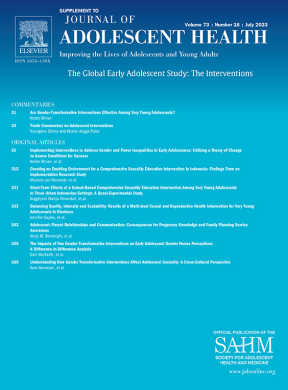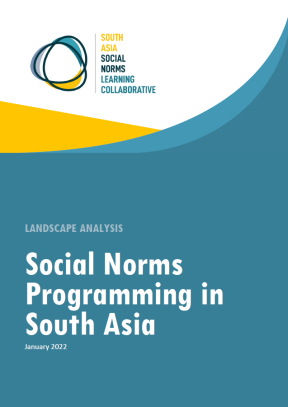
- Blog
- 2 June 2019
Eliminate gender inequality and restrictive gender norms and improve health for all
- Author: Gary Darmstadt
- Published by: ALIGN
Over the span of my career in conducting and visiting health and development projects in low resource settings all over the world, I have been struck by pervasive disempowerment of women and girls and as a result, ineffective programming with disappointing impact and sometimes devastating untoward effects on women and girls’ health and well-being. Yet I also witnessed stunning examples of women’s resilience and determination in seizing opportunities to create a better future for themselves and their families. Gender equality and health are inseparable and mutually reinforcing, yet too often action to address the underlying norms sustaining dysfunctional health systems was largely missing.
As the Sustainable Development Goals (SDGs) were unfolding, it also became clear that, without concerted action to address gender inequality and restrictive gender norms, we could not achieve our dual aspirations to ‘leave no one behind’ and to enable everyone to ‘achieve their full human potential.’ While gender inequalities are deeply rooted in injustices that harm women and girls, restrictive gender norms – societal expectations about acceptable behaviours for girls and boys, women and men – affect everyone.
In The Lancet Series on Gender Equality, Norms and Health, we show that restrictive gender norms can impact a multitude of aspects of health for all people, all along their lifecourse, all around the world. Harmful norms are embedded in our health systems – including in the way we undertake research and frame our data. They powerfully influence the workforce in the health sector – perpetuating inequalities, stripping people of opportunity and dignity, reinforcing harmful unintended consequences and putting lives at risk. Even in studies on gender norms in health, survey-based data can introduce or perpetuate bias. For example, sex-disaggregated data can result in misclassification of gender and ignore non-binary experiences. Survey data may also reinforce gender bias and underlying assumptions in survey construction produces misleading results, for example when only women are asked about childcare and health.
The good news is that there is a significant opportunity to fill gaps in data on gender and address gender discriminatory attitudes and behaviours, to better understand the causes of poor health, and to improve the performance of health systems through gender transformative strategies that benefit all. To do this will require collaborations at multiple levels: bridging disciplines to allow for more effective use of data and inter-disciplinary research agendas; between sector experts and gender scholars, survey designers and analysts and community partners and policy-makers, to generate data systems that will enrich our understanding of how gender intersects with other social determinants; and across global data collection organisations, to set standards for measuring gender, gender norms and key demographic characteristics.
The Lancet Series highlights powerful and specific ways in which laws, policies and programmes can improve gender equality and health. Our research identified gender transformative programmes that demonstrated a multiplicity of health benefits, demonstrated sustainability and showed capacity to go to scale. These programmes share a set of key characteristics: they are multisectoral, multilevel and involve multiple stakeholders, with strong social participation and empowerment. Policies such as free primary education and paid maternity and parental leave promote more equitable household decision-making, and have strong positive impacts on maternal and child health at national scale. Health systems can be actively changed by increasing the visibility of women and recognising and rewarding women in both leadership and caring roles,; by addressing sexual harassment and abuse in the workplace; and by creating the conditions to enable change in the way women interact with the health system.
Finally, the political space and funding for civil society to advocate for gender equality is shrinking, so there is a critical need to empower and invest in civil society organisations and women’s movements. We must also strengthen independent accountability to ensure that promises and commitments are delivered.
Ultimately, it’s about political will. As my colleagues conclude in the first paper in the Lancet Series: ‘Given the available evidence, the lack of adequate progress suggests wilful indifference. The barriers to achieving gender equality are political, not technical. It is time for the burden of proof to shift from those fighting to be recognised to those who benefit from the current order.’
 About the author
About the author
Gary Darmstadt is Chair of the Steering Committee for The Lancet Series on Gender Equality, Norms and Health, and Associate Dean for Maternal and Child Health at Stanford University School of Medicine.
- Tags:
- Health
Case study
15 September 2023

Journal article
1 July 2023

Report
10 January 2022
